Conceived in 1861, Rabindranath Tagore wrote the Gitanjali which increased basic approval for its significantly delicate, new, and lovely section. He has earned the uncommon qualification of becoming the first non-European to win the Nobel Prize for Literature in 1913.
He was the most youthful child of Debendranath Tagore, pioneer of the Brahmo Samaj. His brainchild exploratory school at Shantiniketan followed the philosophy of Upanishadic training.
Self-taught until seventeen, Tagore sought after his conventional training in England. His dynamic support in numerous scholarly exercises and introduction to life outside caused him to introspect into his human side. He took part in the Indian Nationalist development in a visionary way close by Gandhiji.
Knighted by the decision British Government in 1915, his energetic soul didn't concur with the British approaches, along these lines he left the honor. Tagore had written in all classes like melodic shows, move dramatizations, expositions of various kinds, travel journals, and two autobiographies. Tagore was additionally a painter and music author as well, however essentially a Poet incredible.
Among his fifty-odd volumes of verse are Manasi (1890) [The Ideal One], Sonar Tari (1894) [The Golden Boat], Gitanjali (1910) [Song Offerings], Gitimalya (1914) [Wreath of Songs], and Balaka (1916) [The Flight of Cranes]. Tagore's significant plays are Raja (1910) [The King of the Dark Chamber], Dakghar (1912) [The Post Office], Achalayatan (1912) [The Immovable], Muktadhara (1922) [The Waterfall], and Raktakaravi (1926) [Red Oleanders]. He has composed a few volumes of short stories Gora (1910), Ghare-Baire (1916) [The Home and the World], and Yogayog (1929) [Crosscurrents].
His scholarly works were converted into different dialects which discovered acknowledgment in the West too. Tagore visited round the world conveying addresses and transformed into an envoy of India's profound heritage. In Bengal, the Nobel Laureate is considered as an organization in himself.
Interesting facts about Rabindranath Tagore
A poet, musician, writer, and even a painter, Rabindranath Tagore was one of the best-minded people in Asia. An early Asian, Nobel laureate, Tagore composed mostly 20,000,000 songs and compiled a wide range of poems, stories, plays, and novels. His compositions "Gitanjali" and "Jivan Smriti" are still cherished today.
Yet, are you paying attention to the fact that Tagore was blind to the red-green color? Many of us have assumed that Tagore wrote one national anthem, but the amount is three. The fields of measuring the veracity of various attention-grabbing attitudes towards this prominent temperament UN agency once even condemned his aristocracy.
Known as "Gurudev" and hence known as "Bard of Bengal", Tagore came from a significant Brahmin family and played an important role in introducing Indian literature to the planet. Let's take a look at some of the Interesting facts.
1. Rabindranath Tagore was the first non-European to win the Nobel Prize in Literature:
Rabindranath Tagore was not only the first Asian to gain respect, but also the first non-European to achieve his fame in literature. (Interesting facts about Rabindranath Tagore)
2. Tagore Inspired 3 National Anthems:
Many people intelligently know that Tagore wrote a pair of national anthems. "Jana Gana Mann" for India and "My Navigational Instrument Bangla" for Bengal. What many people don’t realize is that he additionally galvanized the Sri Lankan music “Sri Lanka Head”. Some even read that Tagore composed the music entirely (Interesting facts about Rabindranath Tagore).
3. His original Nobel prize was stolen:
Everybody realizes that Rabindranath Tagore was a Nobel laureate. He was the main Indian, the first non-European to get the Nobel prize for writing. The honor was kept in the security vault of Visva-Bharati University where it was looted in 2004. From that point forward the Swedish Academy has introduced two copies of the prize to the Visva-Bharati University. One is made of gold and the other is made of bronze (Interesting facts about Rabindranath Tagore).
4. Rabindranath Tagore Made a School From His Nobel Prize:
Rabindranath Tagore put his Nobel Prize cash in building the "Visva-Bharati" school in Shantiniketan. The school ran on the Shantiniketan Education System and gave the country many recognized characters, Amartya Sen, Satyajit Ray, and Indira Gandhi to give some examples out of numerous others (Interesting facts about Rabindranath Tagore).
5. Rabindranath Tagore once conversed with Albert Einstein:
Tagore was a prominent scholar who was studied by numerous educational organizations around the world. It was valid in his time and it continues to this day. He was once met by another incredible scholar whom the world today respects-Albert Einstein (Interesting facts about Rabindranath Tagore).
6. There are 8 Tagore museums:
There are 3 Tagore exhibition halls in India and 5 in Bangladesh. The ones in India are Rabindra Bharati Museum, at Jorasanko Thakur Bari which is his hereditary home in Kolkata.
Rabindra Bhavan Museum, in Santiniketan, which is presently a college town with the Visva-Bharati University. Rabindra Museum, in Mungpoo, close Kalimpong. The writer visited the zone and remained at a house that inevitably turned into this exhibition hall. The two of them had a discussion on god, humankind, science, truth, and excellence. The discussion was translated and can be perused on the web (Interesting facts about Rabindranath Tagore).
7. Preface of Gitanjali is Written by W.B. Yeats:
Thakur's most acclaimed work, Gitanjali, was composed by WB, another notable twentieth-century artist. Yates (Interesting facts about Rabindranath Tagore).
8. Rabindranath Tagore 's sister was a novelist:
His sister Swarnakumari Devi was a renowned writer and author. She was one of the leading women of Bengal for gaining prominence in such fields as her music and social work (Interesting facts about Rabindranath Tagore).
9. Tagore was Colour Blind:
At the age of sixty, Tagore drew and painted, and many of his works were effectively displayed throughout Europe. Because of his seamless shading plan and unconventional style, people realize that he is a red-green partial blind (Interesting facts about Rabindranath Tagore).
10. Rabindranath Tagore studied in England:
His father needed him to become an attorney so he went to concentrate on a government-funded school in Brighton, England. He quickly went to University College London to study law college, yet he dropped out of school to pursue a free search of Shakespeare's plays Coriolanus and Anthony and Cleopatra and Thomas Brownie's Religious Medicine (Interesting facts about Rabindranath Tagore).
11. Tagore Worked on All Genres:
Tagore wrote novels, short stories, poems, essays, verses, dramas, songs, and a lot of other stuff. He is believed to have worked on almost all kinds of genres (Interesting facts about Rabindranath Tagore).
12. He was Knighted:
In 1915, King George V, Rabindranath Tagore was honored with a knighthood, but as soon as possible, he withdrew his knighthood in 1919 to fight the Jallianwala Bagh massacre (Interesting facts about Rabindranath Tagore).
13. Rabindranath Tagore was also a painter:
Although he is most popular for his composers and even his music, his imagination did not stop there. He took up painting and drawing at the age of 60 and even exhibited his work. He stabbed her at this point when he was a little disappointed with her work and wrote to Jagadish Chandra Bose in 1900, In the same way, a mother is most loyal to her ugly child, so I suddenly feel very strongly that it comes to me at least without any problems.
He included that he used the eraser more than the pencil (Interesting facts about Rabindranath Tagore).
14. Rabindranath Tagore met Mussolini:
In 1926, Tagore left for Italy, where he met Mussolini in Rome. His remarks at the rally were not negative and he was notorious in some circles. He was genuine in his political outlook and this protest really emphasized a few countries (Interesting facts about Rabindranath Tagore).
15. Like Father, Like Son:
Rabindranath Tagore was the son of Debendranath Tagore, the man who undertook incredible work to influence the Bengali Renaissance. Similarly, Rabindranath Tagore undertook an urgent task in search of Bengali art, literature, music, and theater. Rabindranath Tagore also credited the extra Gandhi Jit for calling him "Mahatma" because he was indeed a man of excellent cerebrum. Directed by legend, even on his death bed, he pressed on the sonnets of his brain that he was unable to compose (Interesting facts about Rabindranath Tagore).

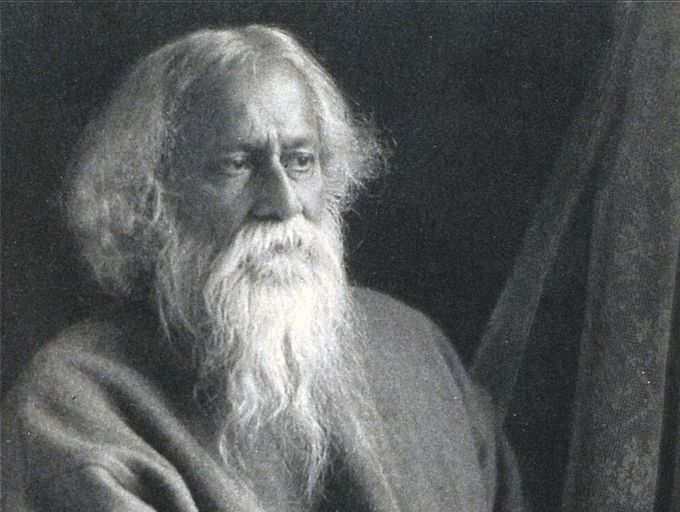

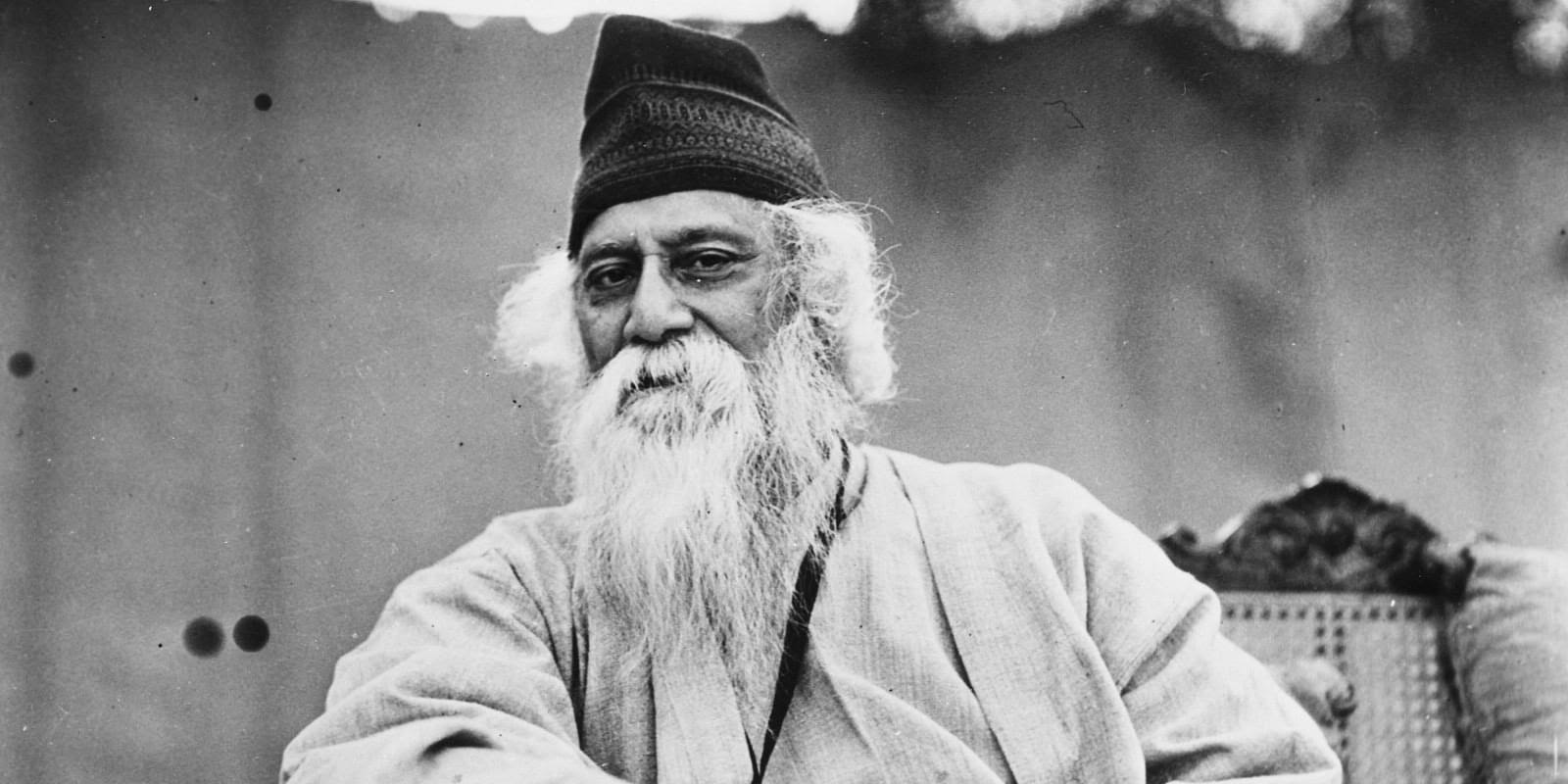
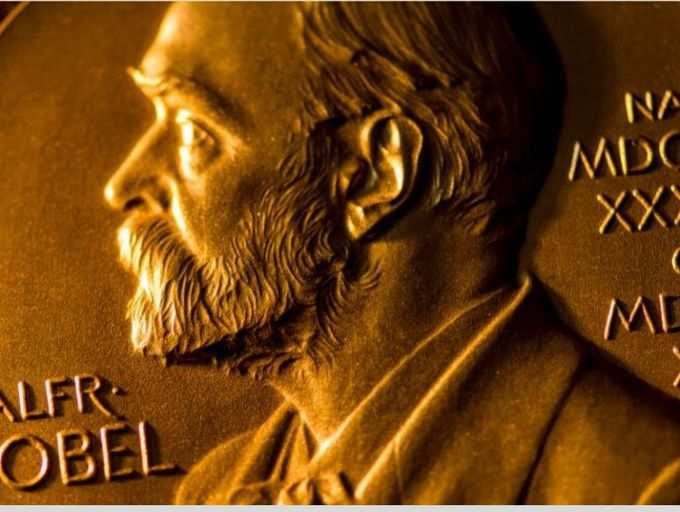
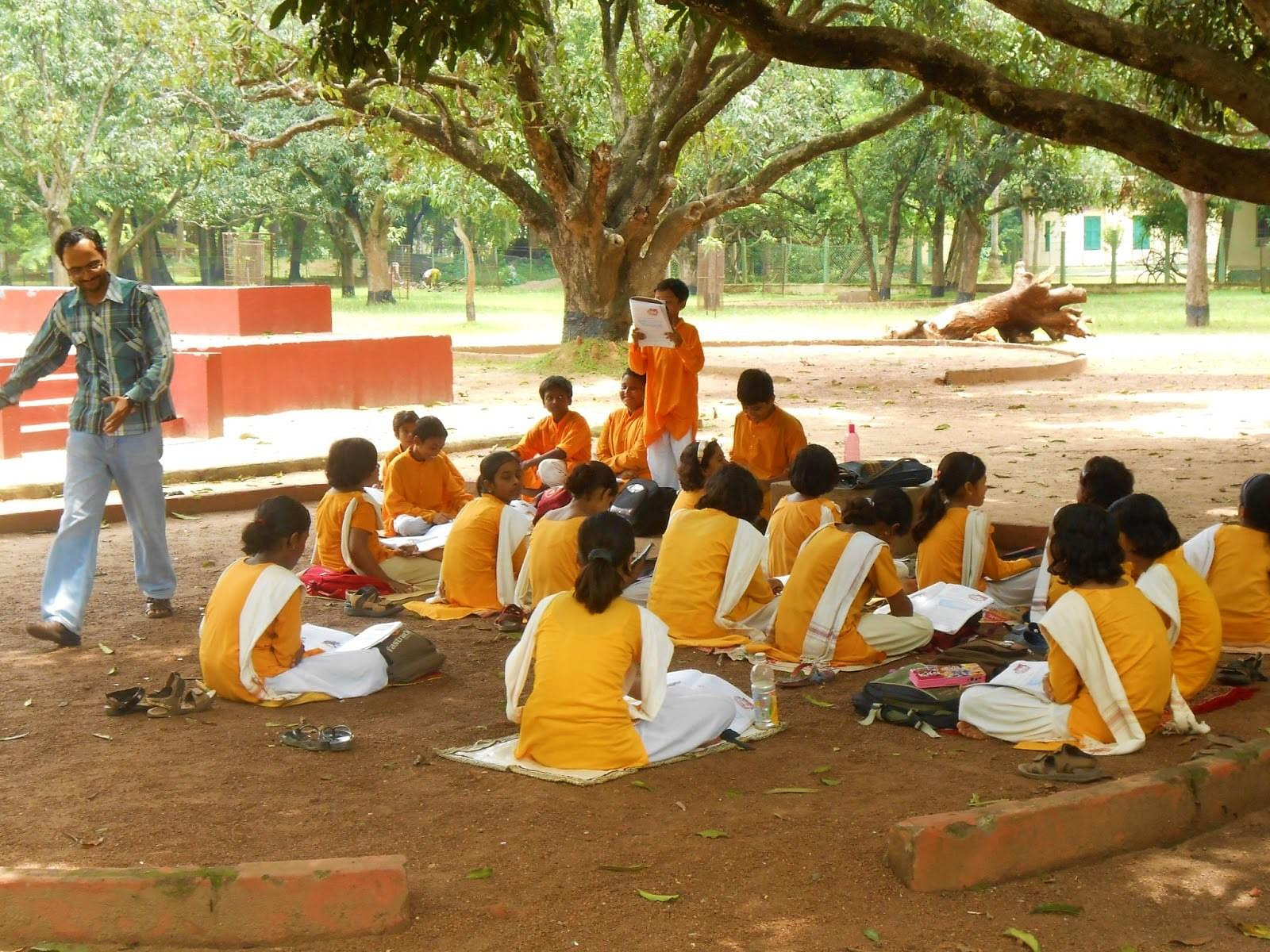




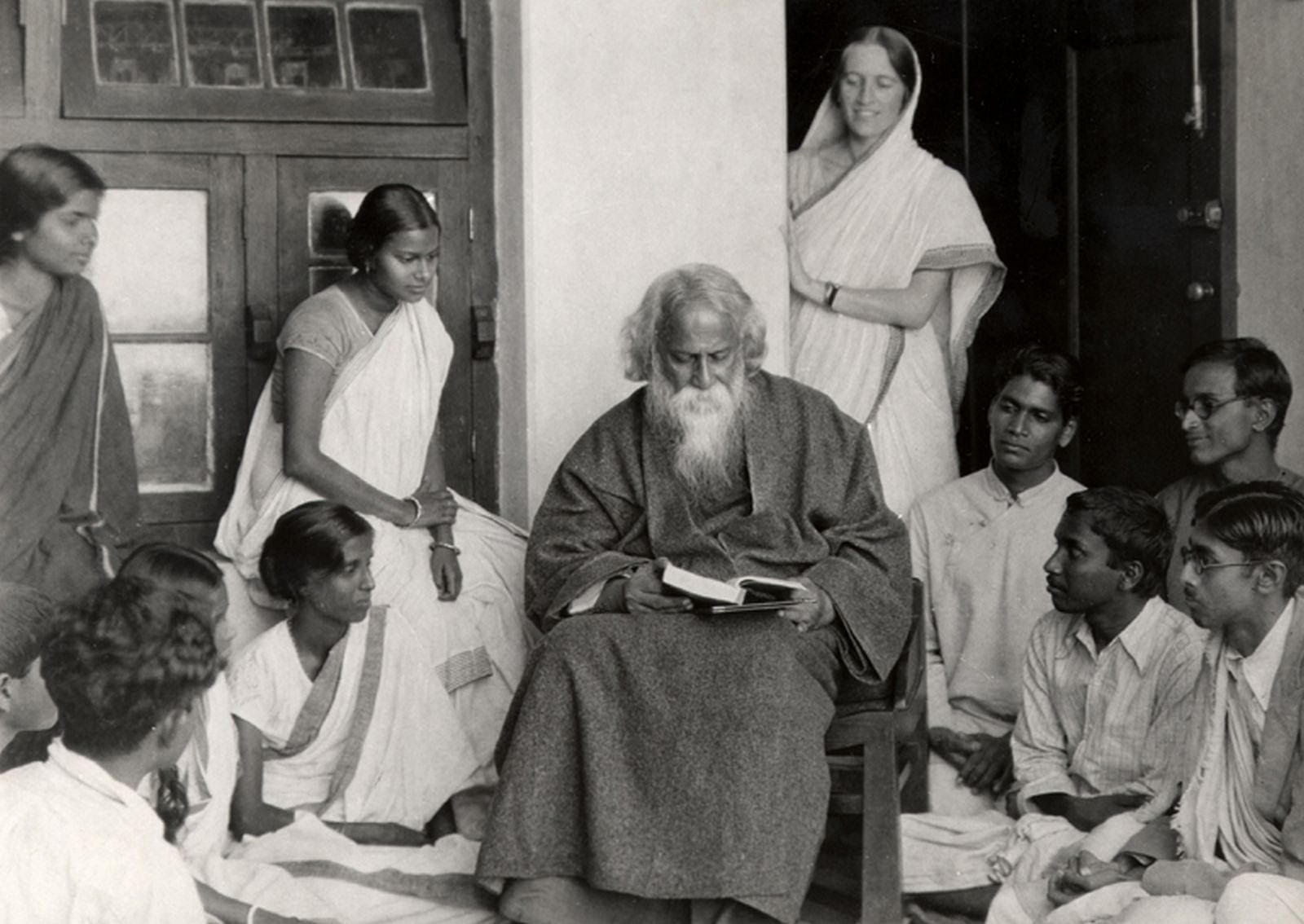
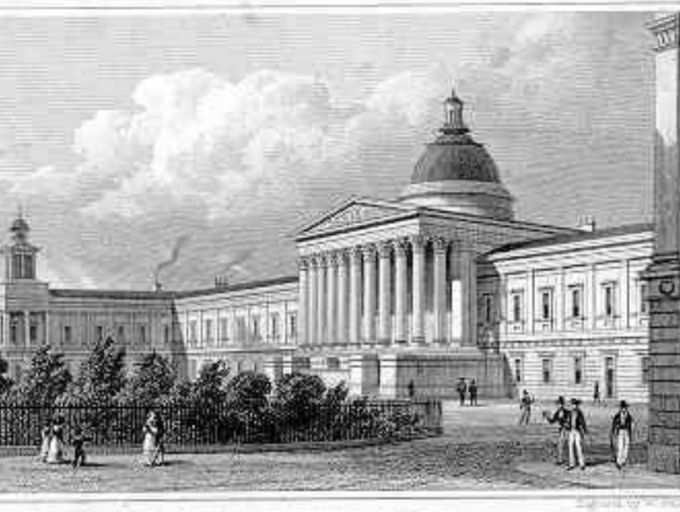


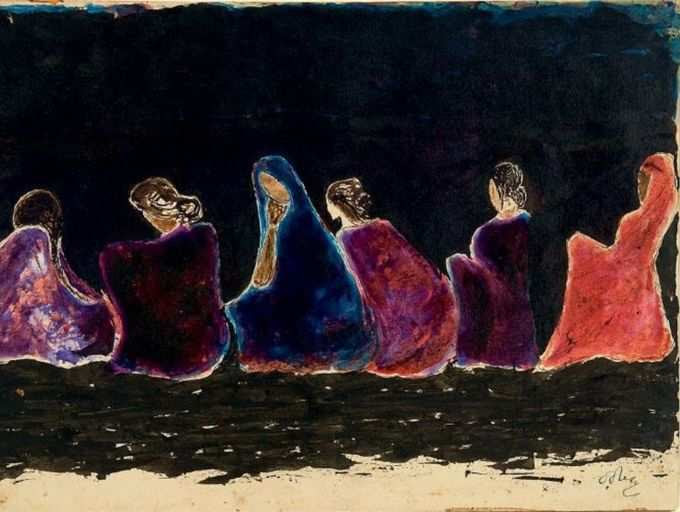
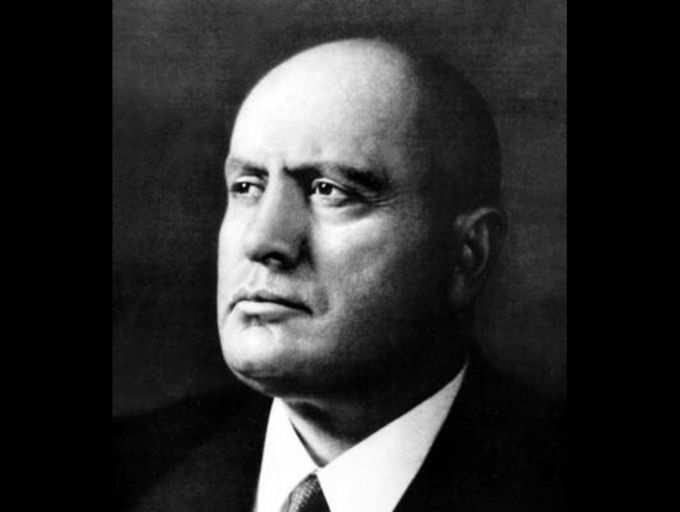
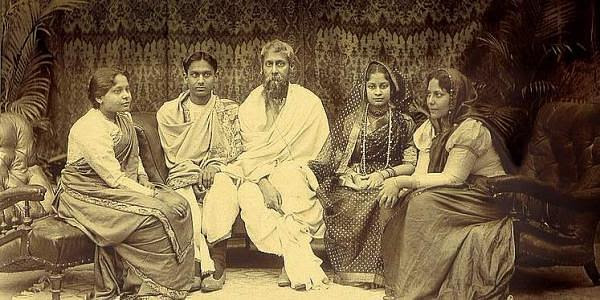

0 Comments